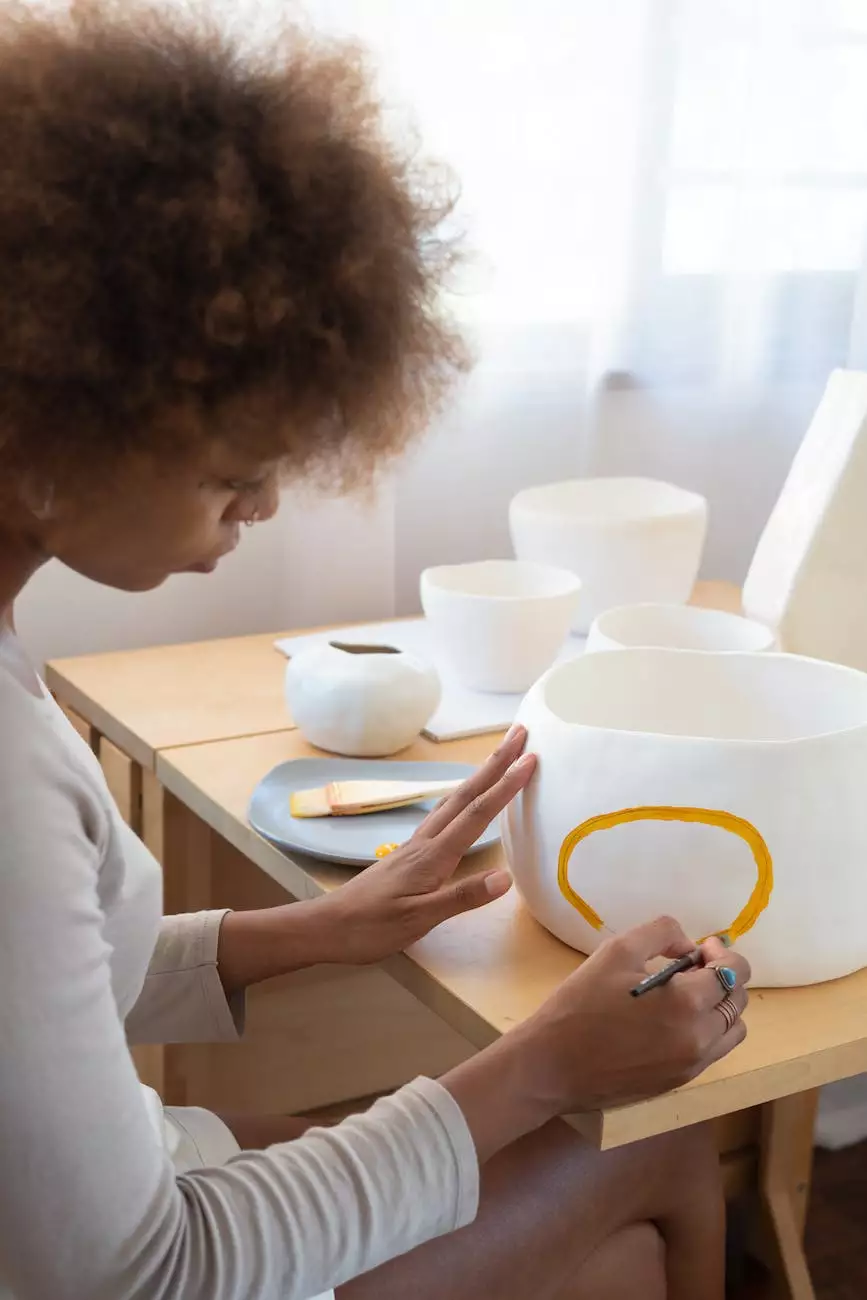When it Makes Sense to Create Clickable Prototypes

Welcome to the blog of 881 Marketing, a leading provider of digital marketing services in the business and consumer services industry. In this article, we will explore the benefits and best practices of using clickable prototypes for your projects. Whether you are a business owner or a digital marketer, understanding when and how to implement clickable prototypes can significantly enhance your overall process and success.
The Benefits of Clickable Prototypes
Clickable prototypes offer a valuable tool for businesses and digital marketers alike. They allow you to:
- Validate your ideas and concepts before investing significant resources.
- Gain user feedback and insights early in the design process.
- Identify potential usability issues and areas for improvement.
- Showcase your vision and concepts to stakeholders and clients.
- Enhance collaboration and communication between designers, developers, and stakeholders.
When to Use Clickable Prototypes
Not every project requires a clickable prototype, but there are specific scenarios where it makes perfect sense to implement one. Here are some situations where clickable prototypes can be highly beneficial:
User Interface Design
When working on a complex user interface design, creating a clickable prototype allows you to visualize interactions between different elements. It helps you design a seamless and intuitive user experience.
Website Development
Before starting the development phase of a website, creating a clickable prototype enables you to test the flow, navigation, and functionality. It allows you to make necessary changes and avoid costly revisions later on.
Mobile App Development
Clickable prototypes are particularly useful for mobile app development. They provide a platform for testing different user flows, screen transitions, and touch interactions. It helps you create a polished and user-friendly app.
User Testing
When conducting user testing, clickable prototypes allow you to simulate the actual product experience. It helps you understand how users interact with your design and gain valuable insights into their preferences and pain points.
Best Practices for Creating Clickable Prototypes
To make the most of clickable prototypes, consider the following best practices:
- Plan and Define Objectives: Clearly define the main objectives and focus areas of your prototype. Identify the specific interactions and features you want to test.
- Keep it Simple: Focus on the core functionalities and key user flows. Avoid including unnecessary details that might distract or confuse testers.
- Design and Usability: Ensure your clickable prototype reflects your brand's design guidelines and follows best practices for usability. Use consistent navigation and clearly indicate interactive elements.
- Solicit Feedback: Encourage users to provide feedback and actively listen to their suggestions. Iteratively improve your prototype based on user insights.
- Iterate and Refine: Use the feedback and insights gained from testing to refine and iterate on your design. Create multiple versions of the prototype to explore different possibilities.
Conclusion
Clickable prototypes are a powerful tool that can significantly improve the success of your projects. By implementing them strategically and following best practices, you can save time, reduce costs, and create more user-friendly experiences. Whether you are designing a website, creating a new mobile app, or conducting user testing, consider incorporating clickable prototypes into your workflow. At 881 Marketing, we understand the importance of prototypes and can assist you in leveraging their potential for your business.










